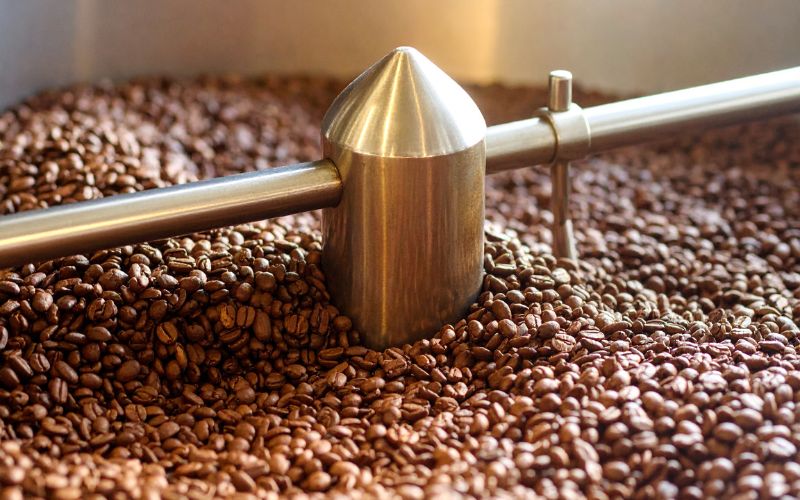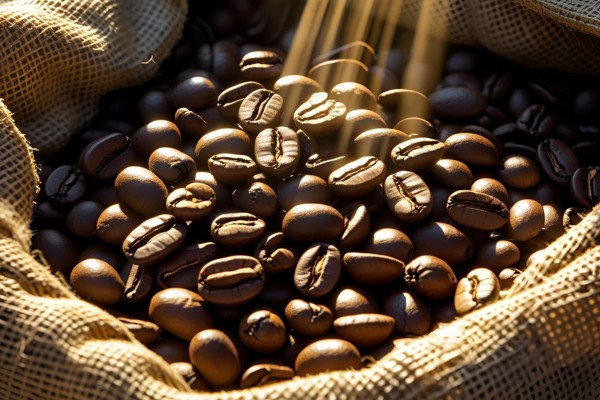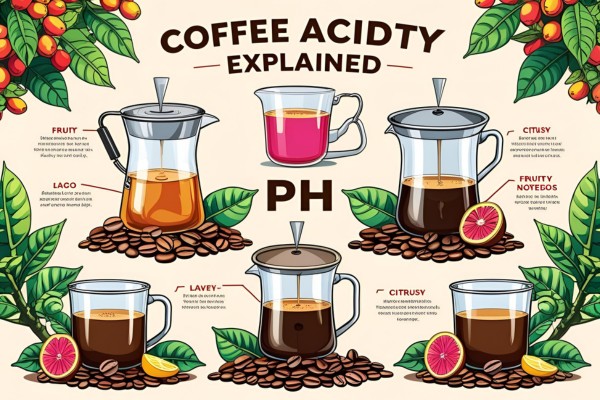
Roast Levels Explained: A Deeper Dive
Go beyond 'light, medium, and dark.' This guide explores the specific stages of the coffee roasting process, from Cinnamon Roast to Italian Roast, and what the terms 'first crack' and 'second crack' really mean.
The Roasting Process: A Journey of Transformation
While the categories of light, medium, and dark are a great starting point, the coffee roasting process is a spectrum with many distinct stages. Understanding these stages can help you better identify the specific roast level you enjoy most. The two most important milestones in the roasting process are the "first crack" and the "second crack."
The "First Crack"
About 5-7 minutes into the roast, the water inside the coffee bean vaporizes, creating immense pressure. This pressure builds until it audibly cracks the bean open. This event, which sounds like popcorn popping, is called the "first crack." It signals the beginning of the "light roast" territory and is the point at which the beans are considered minimally drinkable.
The "Second Crack"
If the roast continues several minutes after the first crack, the cell walls of the bean themselves begin to fracture. This creates a second, much more subtle, crackling sound, like rice cereal in milk. This is the "second crack." It marks the beginning of the "dark roast" territory, and it's when the oils from inside the bean begin to migrate to the surface.
Specific Roast Levels Explained
Here's a look at the common names for roast levels you might see on a bag of coffee, in order from lightest to darkest.
Light Roasts (High Acidity, Origin Flavors)
- Cinnamon Roast: The coffee is pulled from the roaster just as the first crack begins. It's a very light roast, known for its high, sharp acidity and grassy, "green" flavors.
- New England Roast: A roast that is dropped at the end of the first crack. This is a popular roast level for many specialty coffee roasters, as it highlights the unique origin characteristics and delicate floral and fruity notes of the bean.
Medium Roasts (Balanced, Sweetness)
- American Roast: This is the point where the first crack has finished completely. The beans have a medium brown color and a balanced flavor profile of acidity and sweetness. This is a very common roast level for many popular café coffees.
- City Roast: The coffee is roasted for a bit longer, resulting in a slightly darker color and a bit more body. The origin flavors are still present, but they are now balanced with deeper notes of caramel and chocolate from the roast process.
- Full City Roast: This is a medium-dark roast where the beans are pulled just before the second crack begins. It has a fuller body, lower acidity, and the roast flavors are more prominent. You'll start to see small spots of oil on the bean's surface.
Dark Roasts (Roast Flavors, Low Acidity, Heavy Body)
- Vienna Roast: The coffee is pulled right at the beginning of the second crack. The beans have a noticeable oily sheen. The origin flavors are now almost entirely gone, replaced by bittersweet, smoky, and dark chocolate notes.
- French Roast: A very popular dark roast where the beans are pulled well into the second crack. The beans are dark, shiny, and oily. The flavor is dominated by a smoky, bittersweet, and pungent "roasty" character.
- Italian Roast: The darkest roast of all. The beans are roasted to the end of the second crack and beyond. They are nearly black, very oily, and have a thin, brittle structure. The flavor is intensely smoky, ashy, and often burnt-tasting.
By knowing these terms, you can better navigate the offerings at your local roaster and find the exact roast profile that suits your taste.


